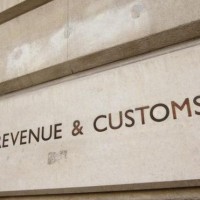The Autumn Statement included a number of anti-avoidance measures. The one that will probably affect the greatest number of our clients and other small businesses is the announcement of a new VAT Flat Rate of 16.5% from April 2017.
Many businesses that deal primarily with VAT registered customers have registered for VAT to take advantage of the flat rate scheme that has been operated for a number of years. This was originally introduced to simplify book keeping requirements but could, in many cases, produce tax savings. Let us look at an example.
An accountant operating from home will have very few costs carrying VAT. If his fee income is £100,000, then by registering for VAT he can add 20% onto his invoices, making a total income of £120,000 including VAT. If his clients are themselves VAT registered then they can claim that extra £20,000 back so they will be no worse off, provided only of course that they are not themselves on the flat rate scheme! His flat rate percentage was 14.5%, meaning that he only accounted for VAT of £17,400. Bingo! He has made an additional profit of £2,600 simply for filling in a form once a quarter.
From April 2017, businesses with low levels of inputs will have to account for VAT at the new flat rate of 16.5% which immediately reduces the profit in the above example to £200. There will be a measure included to apply the new rate to already registered traders.
As usual, the devil is in the detail. Whether our accountant will be caught by the new rate is as yet uncertain. We will keep our eyes on this.
For more information about our services to help you with company VAT go here.

